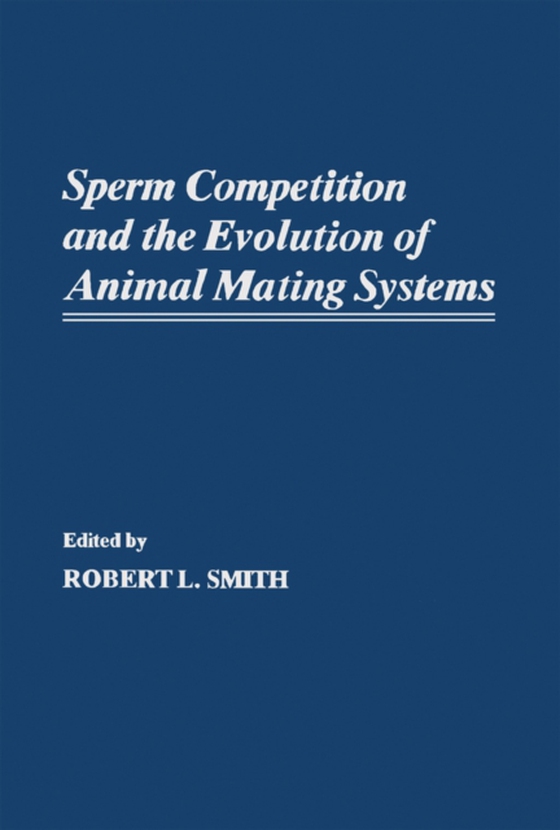
Sperm Competition and the Evolution of Animal Mating systems e-bog
436,85 DKK
(inkl. moms 546,06 DKK)
Sperm Competition and the Evolution of Animal Mating Systems describes the role of sperm competition in selection on a range of attributes from gamete morphology to species mating systems. This book is organized into 19 chapters and begins with the conceptualization of sperm competition as a subset of sexual selection and its implications for the insects. The following chapter describes the re...
E-bog
436,85 DKK
Forlag
Academic Press
Udgivet
2 december 2012
Længde
710 sider
Genrer
PSVS
Sprog
English
Format
pdf
Beskyttelse
LCP
ISBN
9780323143134
Sperm Competition and the Evolution of Animal Mating Systems describes the role of sperm competition in selection on a range of attributes from gamete morphology to species mating systems. This book is organized into 19 chapters and begins with the conceptualization of sperm competition as a subset of sexual selection and its implications for the insects. The following chapter describes the relationship between multiple mating and female fitness, with an emphasis on determining the conditions under which selection on females is likely to counteract selection on males for avoiding sperm competition. Other chapters consider the female perspective on sperm competition; the evolutionary causation at the level of the individual male gamete; and the correlation of high paternal investment and sperm precedence in the insects. The remaining chapters are arranged phylogenetically and explore the sperm competition in diverse animal taxa, such as the Drosophila, Lepidoptera, spiders, amphibians, and reptiles. These chapters also cover the evolution of direct versus indirect sperm transfer among the arachnids or the problem for kinship theory presented by multiple mating and sperm competition in the Hymenoptera. This book further discusses the remarkable potential for sperm competition among certain temperate bat species whose females store sperm through winter hibernation and the mixed strategies and male-caused female genital trauma as possible sperm competition adaptations in poeciliid fishes. The concluding chapter examines the predictions concerning testes size and mating systems in the primates and the possible role of sperm competition in human selection. This book is of great value to reproductive biologists and researchers.
 Dansk
Dansk

